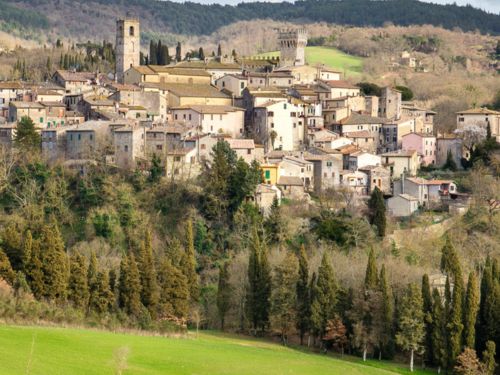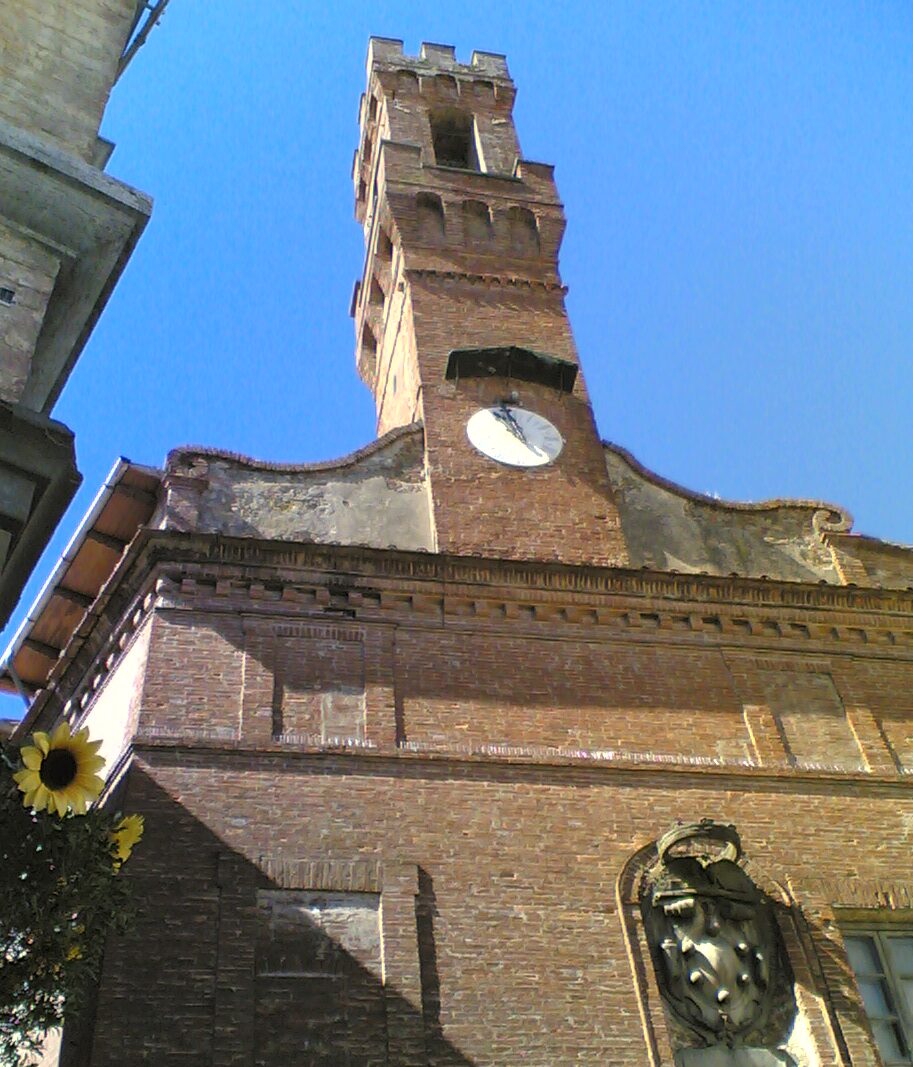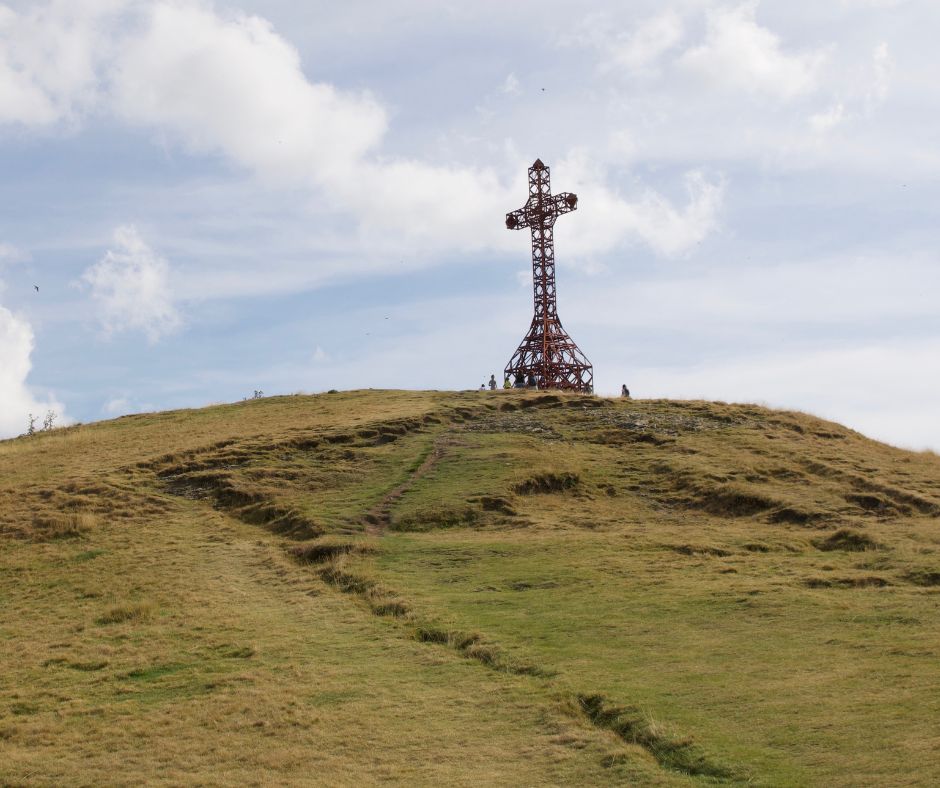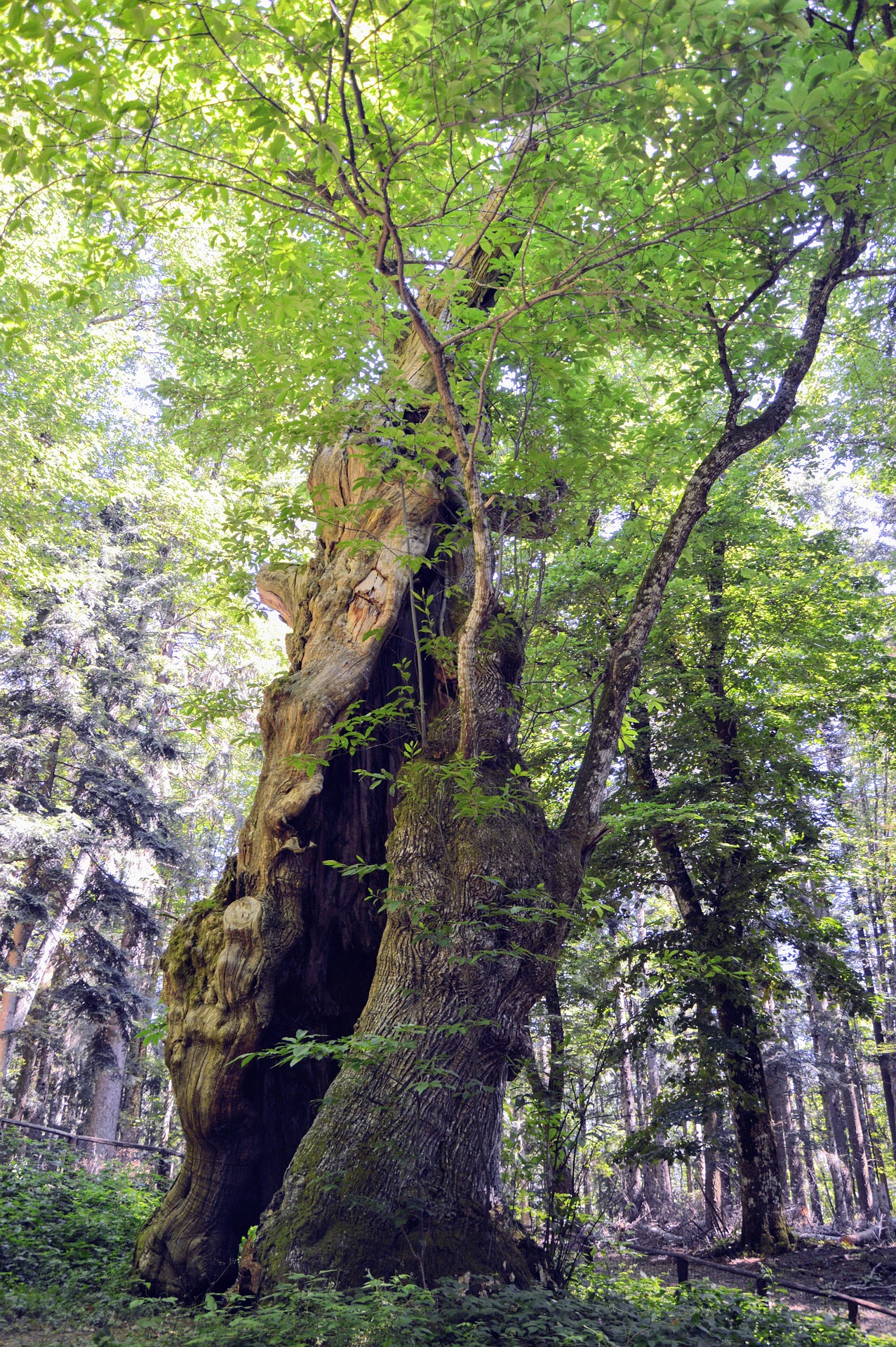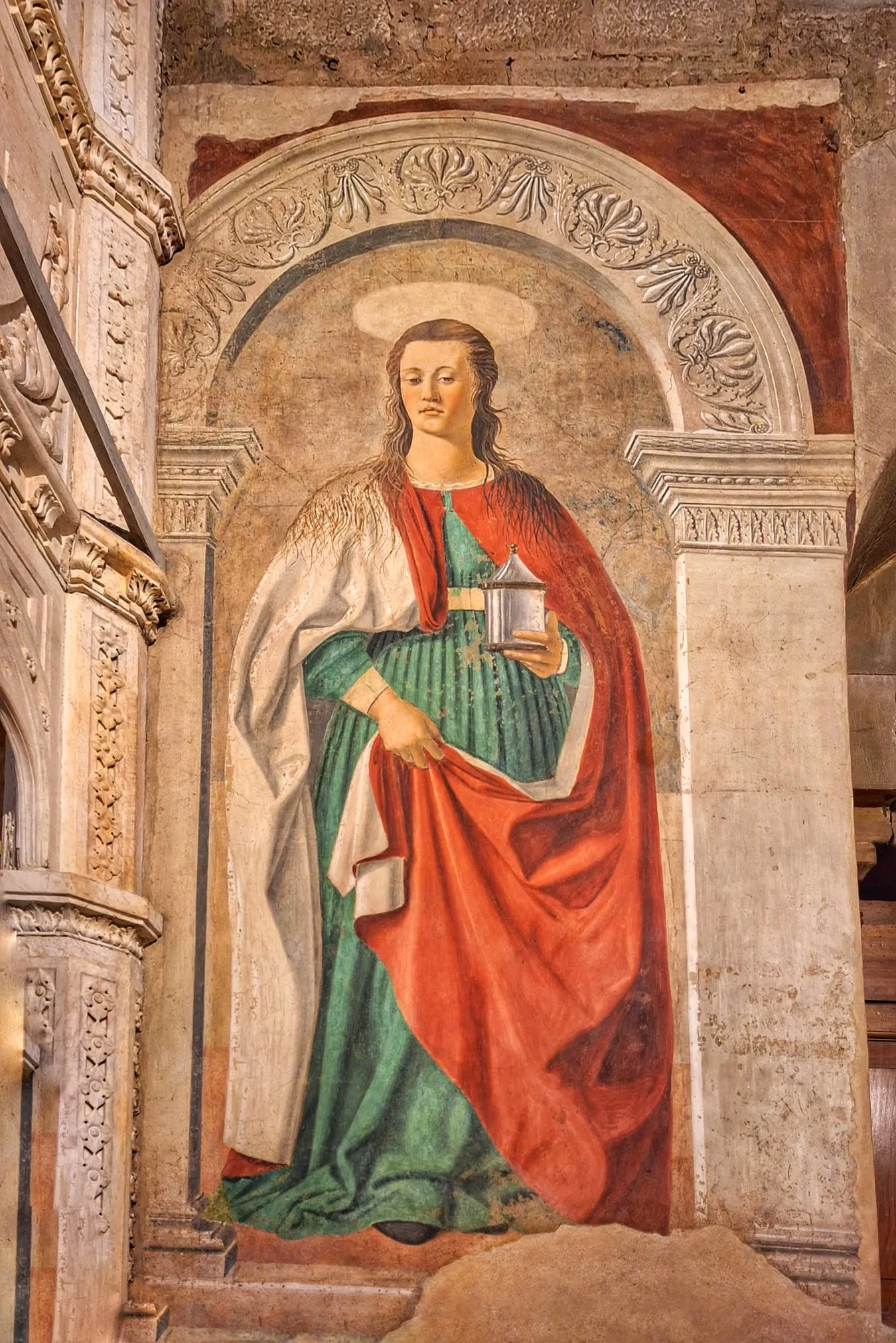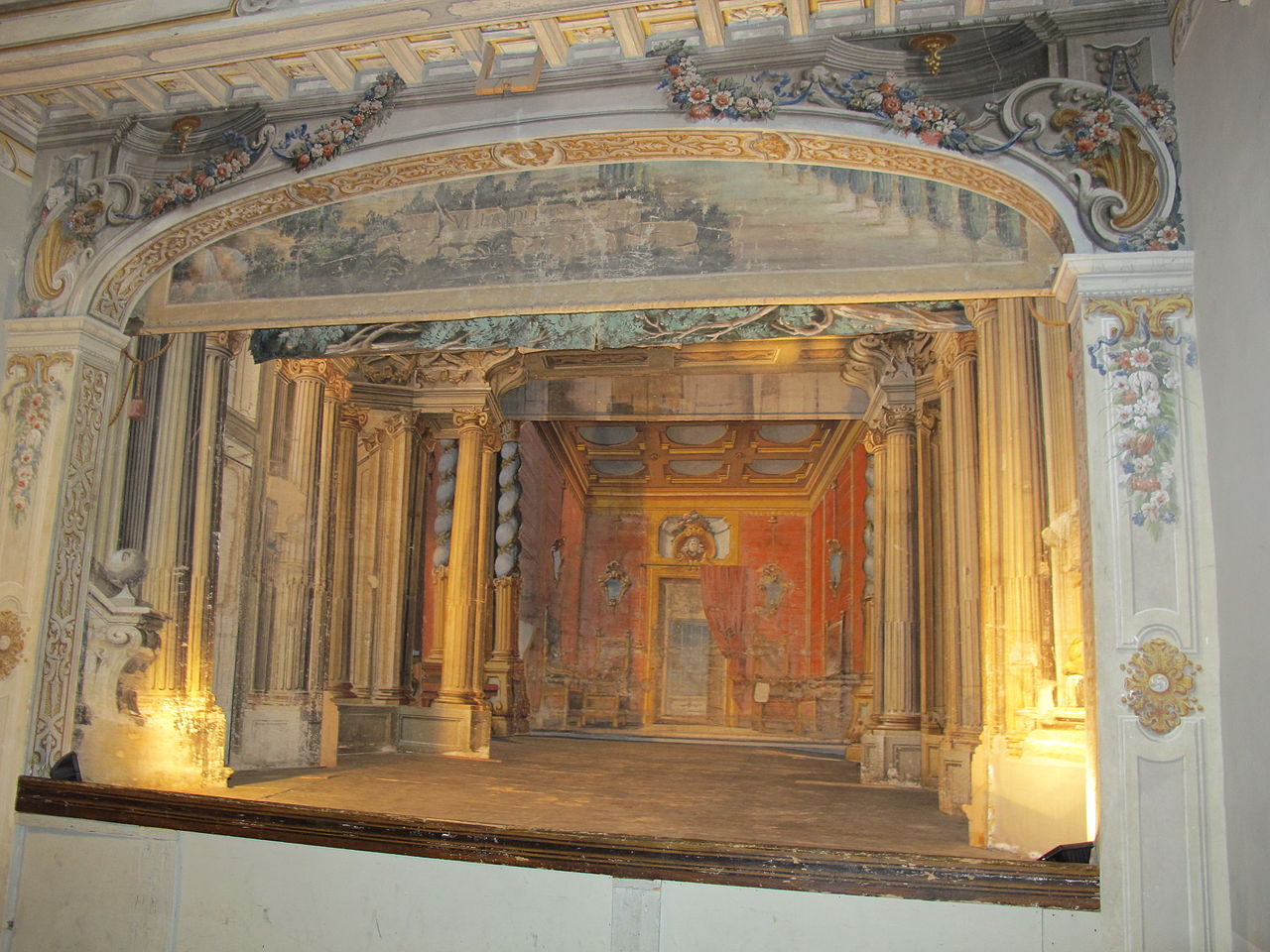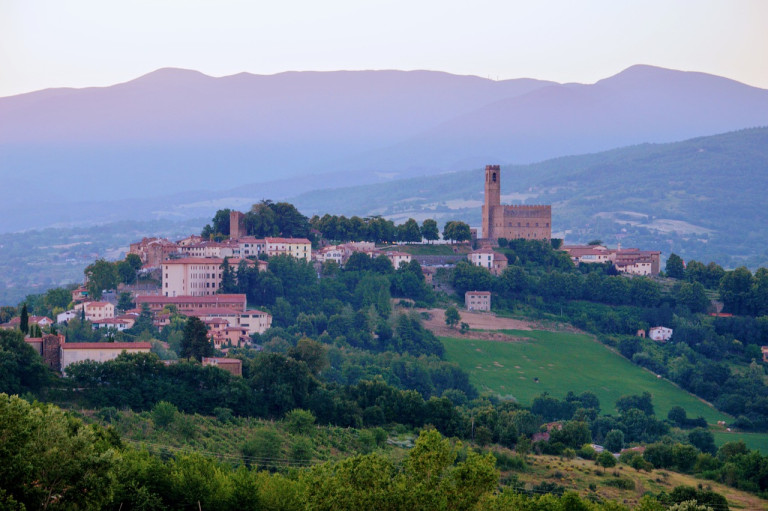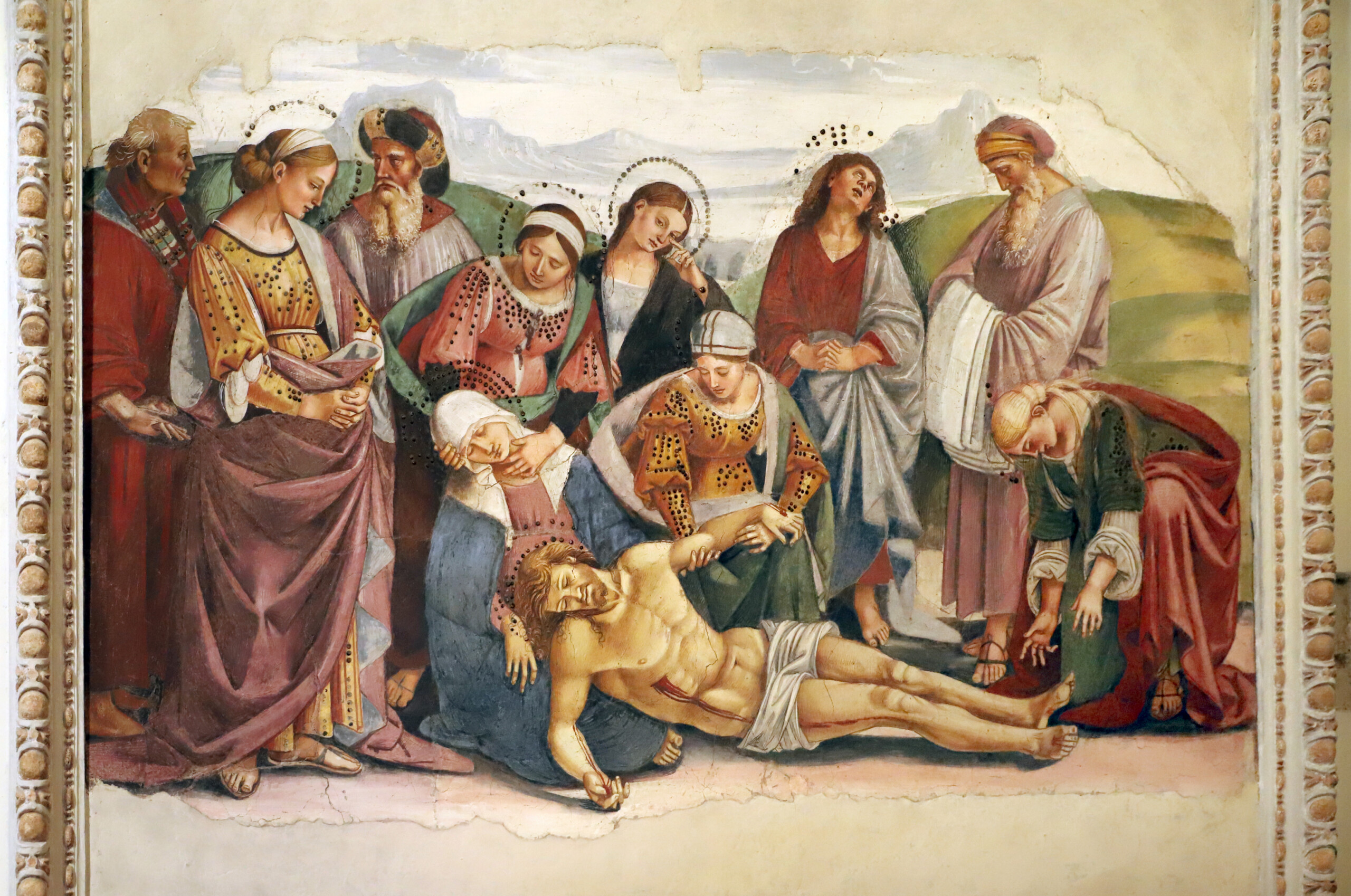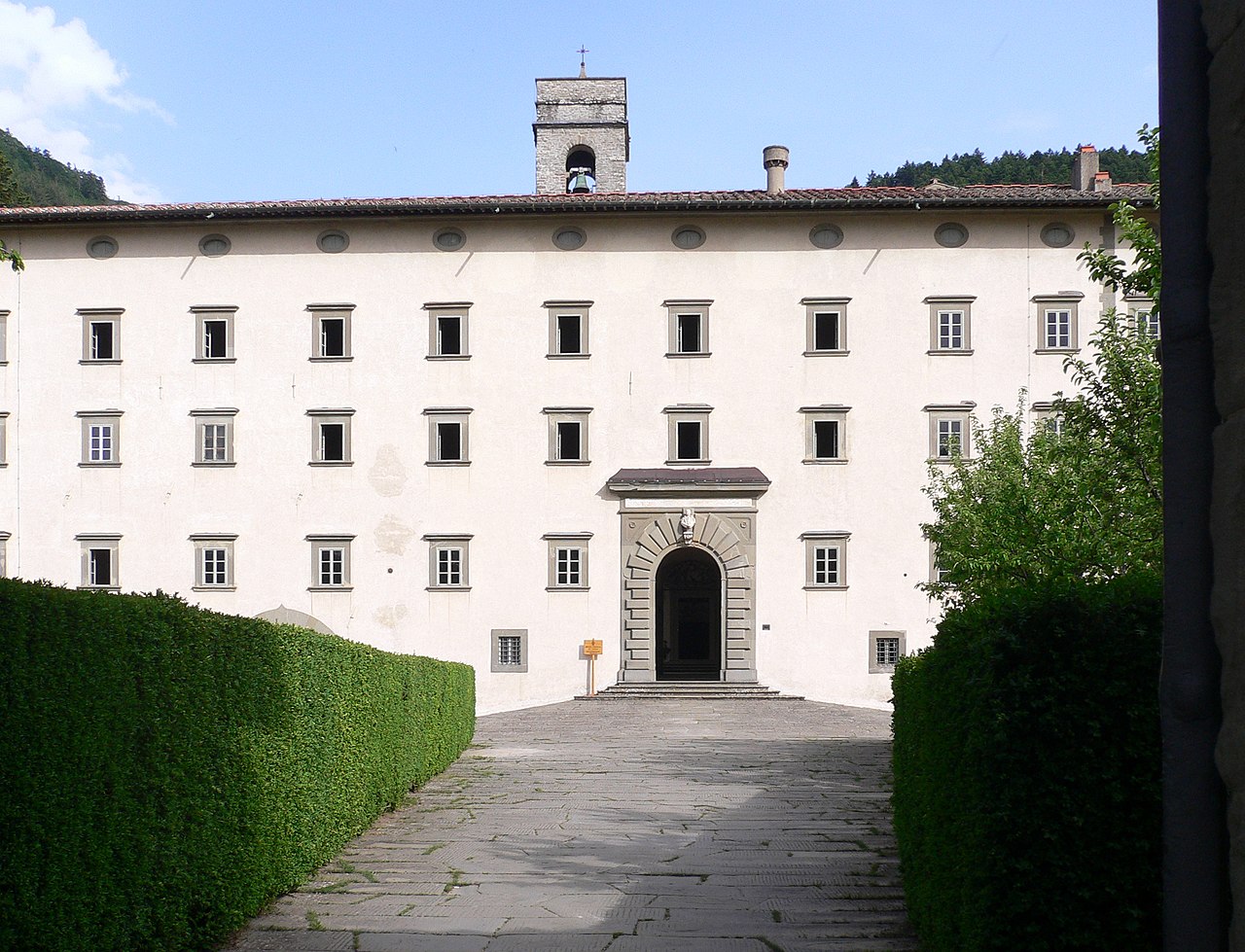Latest News from Country House Poggio del Drago
Find out the latest news and updates straight from the heart of our Bed and Breakfast, Poggio del Drago Country House. Located on the ground floor of a farmhouse dating back to the late 1800s, our facility is constantly evolving. We have recently introduced new improvements to ensure an even more enjoyable and authentic stay.
From new amenities in the rooms to our latest collaboration with local excellence, we remain committed to making your experience with us unique and unforgettable. Browse our news to stay up-to-date on everything that makes Country House Poggio del Drago the ideal place to immerse yourself in the beauty of the Tuscan countryside just steps from Arezzo and other historic gems of the region. Join us in experiencing authentic and exciting Tuscany.
San Casciano dei Bagni: 5 things to see in the Valdichiana Senese
San Casciano dei Bagni is a charming spa town in the Valdichiana Senese, famous for its ancient springs, harmonious historic centre and historic architecture. In this article, we explore five unmissable places: from the thermal baths to the churches and the Castello di Fighine, for a journey through nature, culture and wellness in Tuscany.
What to see in Sinalunga: discovering the Valdichiana
The Valdichiana, a fertile Tuscan valley between Arezzo and Siena, is famous for its picturesque landscapes, historic villages and typical products such as Aglione garlic and Chianina beef. Sinalunga, a medieval and Renaissance village, offers art, traditions and authentic nature. With its historic farms and genuine flavours, it is an ideal destination for discovering the most authentic and least touristy side of Tuscany.
5 Trekking Routes near B&B Country House Poggio del Drago
Discover 5 splendid trekking routes immersed in Tuscan nature, among the Balze del Valdarno, the Pratomagno ridge, the Casentino Forests, La Verna and Monte Penna. Each itinerary offers breathtaking landscapes, lush forests and history. The B&B Poggio del Drago is the perfect starting point for these authentic experiences, just a stone's throw from Arezzo.
Giorgio Vasari’s House Museum in Arezzo
The Giorgio Vasari House Museum in Arezzo is an important testimony to the art and life of the famous Renaissance painter, architect and historian. Purchased in 1541 and decorated by Vasari himself, the house houses mannerist frescoes, a rich collection of paintings and the Vasariano Archive. Located in the historical centre, the museum is easily accessible and perfect for a journey through art history. For those wishing to explore Arezzo and relax in nature, the Poggio del Drago B&B is the ideal solution, offering a comfortable stay close to the city.
Trekking in Casentino Valley: an adventure near Poggio del Drago
The Casentino Forests National Park offers more than 600 km of trails surrounded by unspoiled nature, ideal for trekking in Casentino Valley. Among centuries-old forests, breathtaking views and historic trails such as the Sacred Forests Trail or the Fairy Forest, each hike combines beauty and spirituality. A unique experience to discover one of Tuscany's natural treasures.
The “Maddalena”: a treasure in the Cathedral of Arezzo
Piero della Francesca's "Maddalena," a Renaissance masterpiece, highlights a period of artistic and cultural innovation between 1459 and 1466. Reflecting Piero's creative culmination, the work explores perspective and lighting, underscoring its art-historical importance and influence on future generations. Located in the Cathedral of San Donato in Arezzo, "Magdalene" enters into dialogue with the spiritual and artistic context of the cathedral, embodying Piero's intention to harmonize it with a broader narrative and traditional context, thus succeeding in enriching the complexity of the work far beyond its aesthetic value.
Meleto Castle
The Meleto Castle has ancient origins, dating back to the 11th century, when it belonged to the Vallombrosian monks. It later became the property of the feudal Firidolfi family. Thanks to its strategic position between Florence and Siena, the castle played a crucial role in the medieval wars, without suffering serious destruction. In the 18th century, the castle was converted into a villa, retaining some original defensive features. Today, it houses a farm specialising in the production of Chianti Classico wine and offers guided tours, wine tastings and the opportunity to explore the picturesque surroundings of Chianti.
Poppi Castle: the guardian of one of Italy’s most beautiful burghs
The Poppi Castle, located in the Casentino valley, is one of the most fascinating monuments in eastern Tuscany. Built between the 12th and 14th centuries by the Guidi family, the castle is known for its grandeur and architectural beauty, having remained intact over time. The castle hosted significant historical events such as the Battle of Campaldino and the surrender of the Guidi family to the Florentine Republic. Dante Alighieri stayed here in 1310 during his exile. Numerous restorations have preserved its magnificence, making it a symbol of Casentino history and culture.
Castiglion Fiorentino: 5 artworks not to miss.
Castiglion Fiorentino is a medieval Tuscan town with a rich artistic history, preserving masterpieces such as Bartolomeo della Gatta's The Stigmata of St. Francis and medieval works such as Margarito d'Arezzo's St. Francis. Other treasures include Luca Signorelli's Lamentation over the Dead Christ and Francesco Vanni's Risen Christ.
Vallombrosa Valley : among woods and sacredness
Vallombrosa, located in the municipality of Reggello, is a destination that combines natural beauty and spiritual history. It is home to the State Biogenetic Nature Reserve, famous for its forests and scenic trails. Vallombrosa Abbey, founded in the 11th century, is a symbol of simplicity and meditation. The 'Circuit of Chapels' and Paradisino offer paths of reflection surrounded by nature. Vallombrosa and Saltino were famous health resorts in the 19th century. In the 1960s, a tourism revival was attempted with a ski resort, but without success. The Vallombrosa Arboretum, founded in 1870, is a valuable botanical collection.


